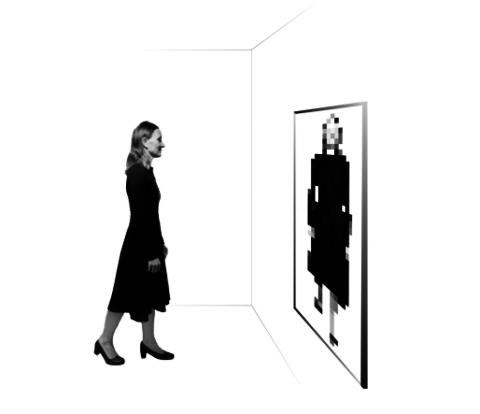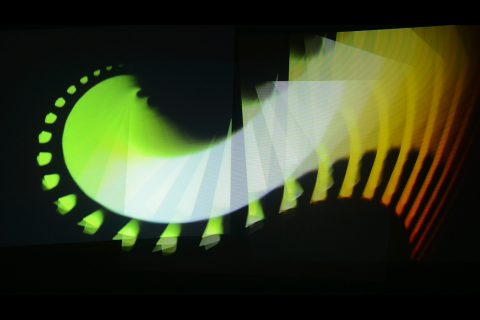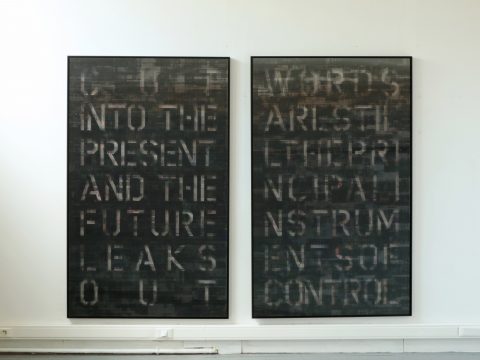

image: art for project
This interactive installation deals with the image that we have of ourselves and of others. In 1999, neurophysiologist Giacomo Rizzolatti and his team discovered the mirror neurons, cells that are activated in our brains’ temporal lobe each time we observe other people’s actions – and this same neuron is activated when we ourselves carry out these actions.
The mirror neurons also make immediate and intuitive understanding possible: a person’s facial expression, the way he or she talks, behaves or moves, all of this is immediately processed by them.
Large amounts of previous stimuli help these neurons activate feelings of pain, happiness and empathy, among others. However, these cells also play a fundamental role in our own intuition as they can help us process incomplete information and predict the future behavior of others. The image we create of ourselves is strongly based on the image we have of others. Mirror neurons play an important role in this field as they allow us to make a distinction between ourselves and others, depending on the area of the brain where the processes take place.
Neuro Mirror deals, in an artistic manner, with the scientific discoveries regarding mirror neurons. Currently, the neuron networks in computers are capable of simulating complex learning processes. Deep learning and big data are some of the terms currently in vogue. At the same time we can say that machine learning – AI (artificial intelligence), as it is known – perhaps may never match the human brain’s level of complexity and adaptability, but we must recognize that research in this field has recently made much progress.
This work’s intention is not to demonstrate the latest AI achievements, but to use the neuron networks in an artistic manner through an interactive installation where visitors see themselves in three screens, displayed as a triptych. The middle screen shows the visitor in real time, while the left one reveals their image from the past. The third screen, on the right, represents the future, where the person’s actions become closer to her/his past actions. Neural networks predict the future, create change and extrapolate the participant’s self-image. The triptych format is used on purpose to create a feeling of sacredness and provoke reflection and unease in the visitors’ image and self-control.



